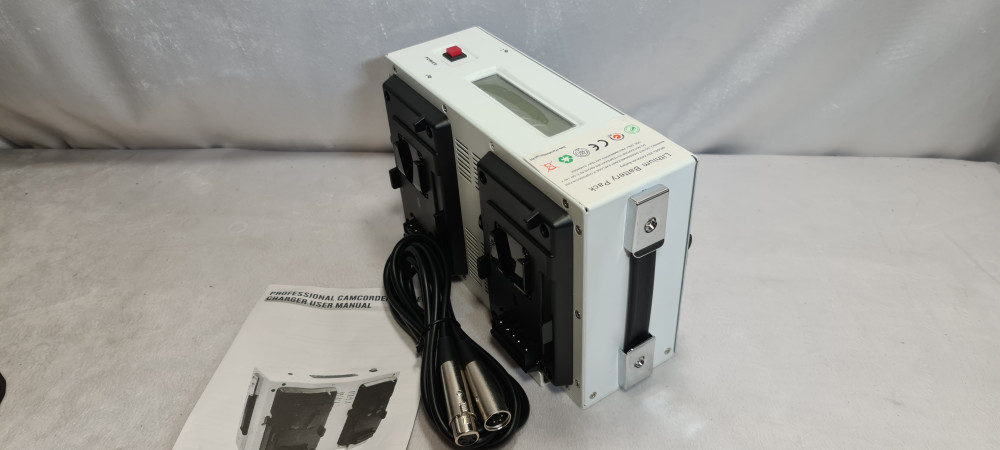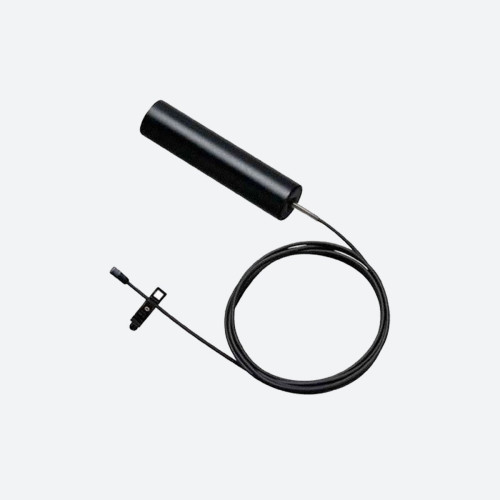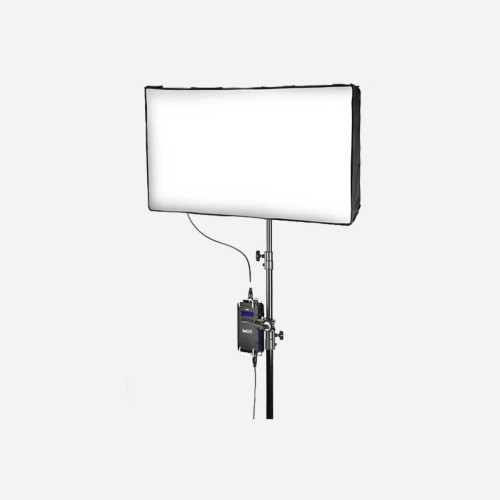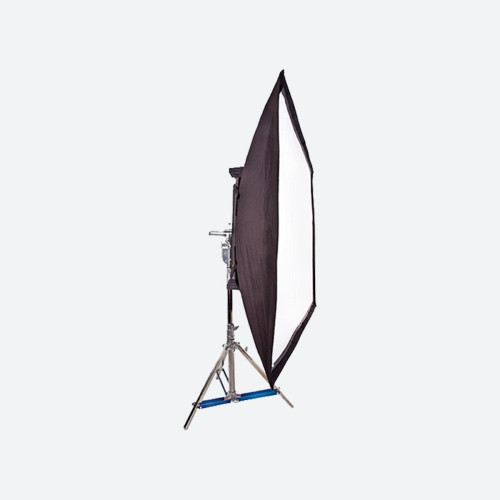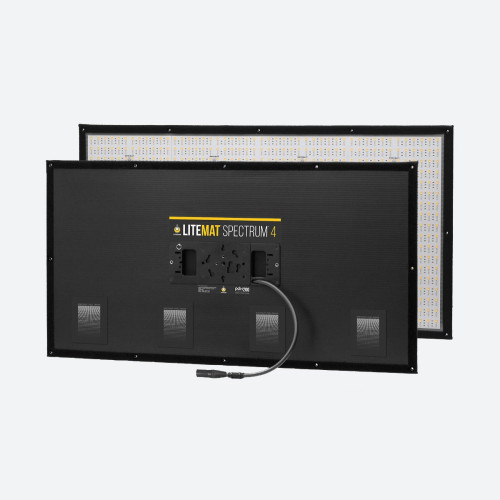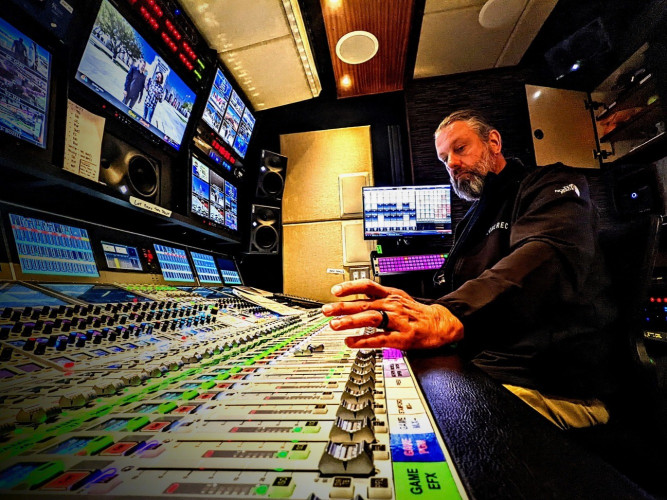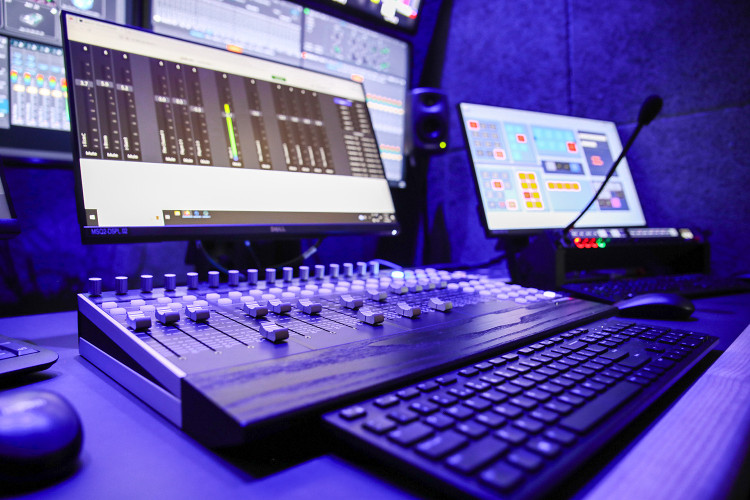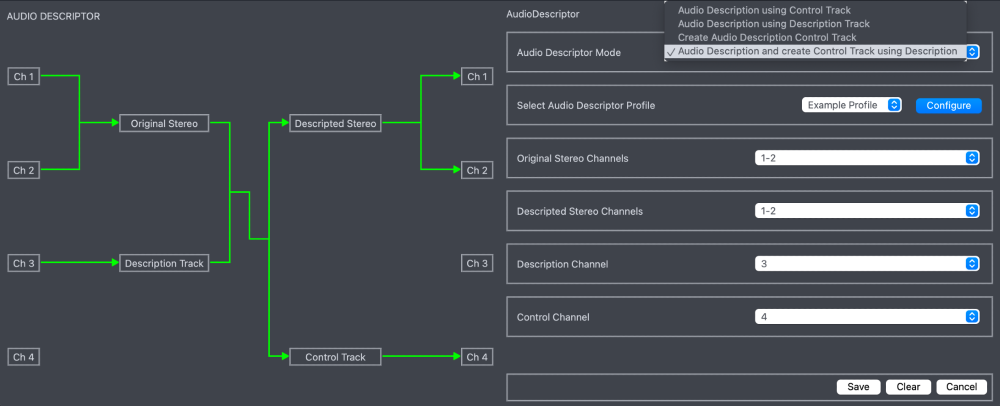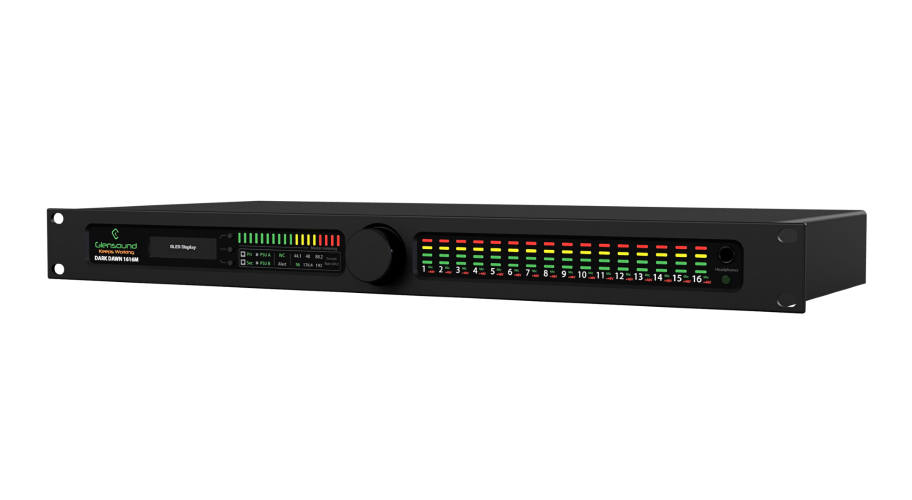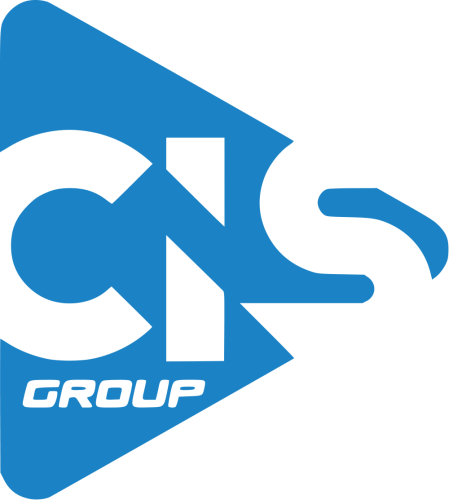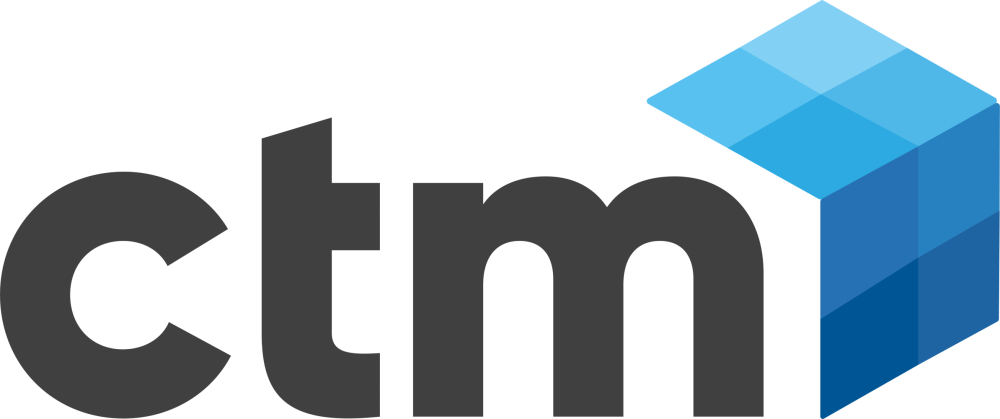Its a MADI World
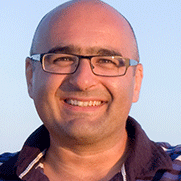
Author: Kieron Seth#
Published 1st June 2011
At this year’s NAB Show in Las Vegas, 3D solutions were still a hot topic — but one emerging technology threatened to steal the show. In fact, the rapid growth of devices that support the Multichannel Audio Digital Interface (MADI) has more potential for simplifying broadcasting operations than perhaps anything else. But what exactly is MADI and why should we care?
MADI was defined in 1989 by the Audio Engineering Society as an extension of its AES3 (also known at AES/EBU) standard transmission format, as a protocol for distributing bulk volumes of audio around large complexes. Since then, MADI has evolved to become an industry-standard communications format for an interface that can carry up to 64 channels of digital audio up to a sampling rate of 48kHz, 32 channels at 96kHz, and 16 channels at 192kHz. The signals can be carried, lossless, across distances up to 2,000 meters on generic multimode optical fiber and shorter distances on coaxial cable. This makes MADI extremely desirable for outside broadcasting as well as any application requiring large numbers of audio channels to be transmitted around a large venue or recording location, such as a stage production or concerts.
There are other advantages as well. Since MADI greatly reduces the amount of cable and weight associated with traditional analog- or AES-based audio distribution, it has tremendous potential for lowering the cost and complexity of handling multiple channels at large broadcasting sites and A/V venues. Replacing bulky bundles of expensive copper wire, engineers can daisy-chain 64 audio signals onto a single lightweight, generic fiber optic cable that can serve the entire venue. In other words, a single MADI cable run is equivalent to 64 XLR cables totaling up to 256 wires — so it’s easy to do the math on the cost savings. Not only is setup and take down much easier and faster, but patching is a much more efficient process of using the channel selector in the console rather than physical manipulation of wires.
So — if MADI is such a big deal, why hasn’t it seen widespread adoption across Europe and the rest of the world? As a defined technology that is easy to implement and support, the protocol has been supported for years by leading audio console and recording device manufacturers. But only in recent months have we seen the explosion as new routers capable of passing MADI complete the circuit between the console and audio routing/processing, paving the way for MADI to deliver on its promise of true multichannel audio distribution throughout a large facility or venue.
One example of the new breed of devices that is guaranteeing rapid adoption of MADI is Wohler’s MADI-8 multichannel audio monitor. Based on specific solution requirements provided by a consortium of major production truck companies, the MADI-8 monitor offers a cost-effective solution not only for broadcasters, but for any organization — such as a house of worship — desiring to incorporate audio monitoring as part of an overall workflow for live or studio sound recording. The 1RU, narrow-depth MADI-8 chassis is designed to fit in tight spaces such as crowded production trucks.
The MADI-8 can be connected in a series within a MADI stream for audio monitoring of up to eight individual channels assigned from the 64 channels. The monitor features a 16-character by two-line LCD display, as well as both coax and optical MADI inputs and outputs, mixed two-channel or mono analog outputs, built-in speakers, a front-panel headphone jack, channel presence indicators, and eight user-nameable presets. In complex production
environments, the MADI-8 works like a mini audio mixer, providing support to persons involved in every point of the workflow. For instance, the engineer can use the MADI-8 to tap the MADI line and provide a special audio feed to guests in the green room — or the slow-motion operator can access the audio feed from the slow-motion source.
MADI is a solid and established solution for multichannel audio distribution whose time has finally come, thanks to the emergence of devices that are making it cost-effective and easy to implement in real-world broadcasting and professional audio environments. You may be reading a lot about 3D today — but, trust me, you’ll be reading more and more about MADI in the very near future!
***
Jeff McNall is the director of audio and video product line management for Wohler Technologies, Inc., a manufacturer of confidence monitoring and signal management solutions for the broadcast and pro audio/video markets.



